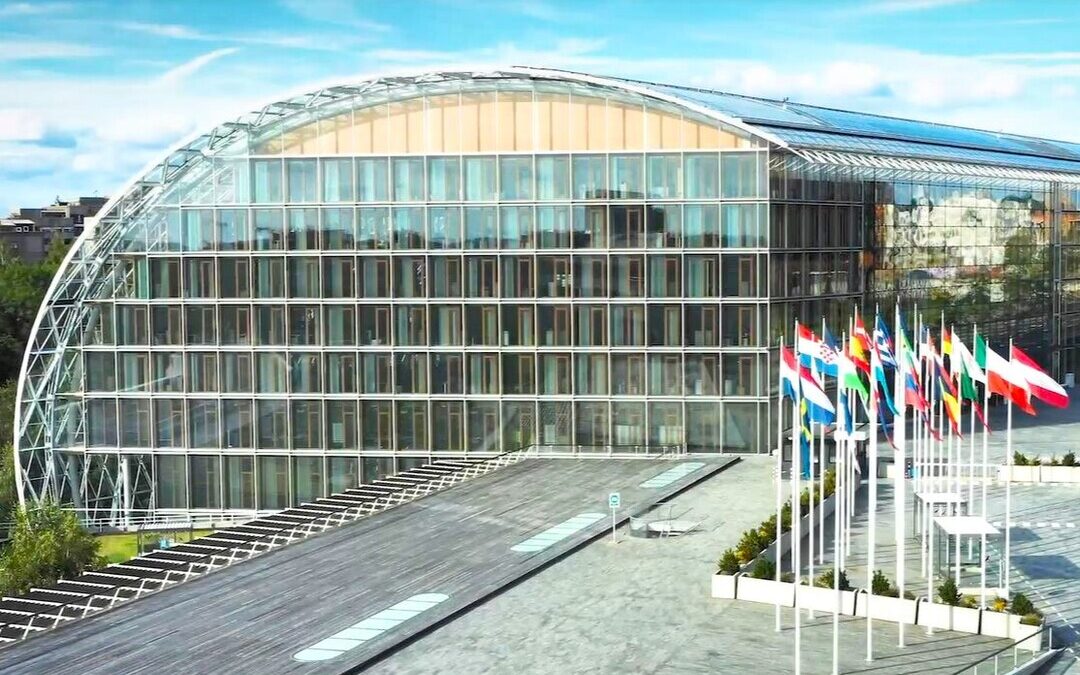Multilateral Development Banks Hit Record $137B in Climate Finance in 2024
MDBs boost climate finance and private investment in 2024 to support clean energy, adaptation and sustainable development.
Multilateral development banks provided a record $137 billion in climate finance last year, up 10 percent from 2023, with most of the funding directed to low- and middle-income economies, according to a report published on Tuesday.
The findings, released ahead of the United Nations climate summit in Belém, Brazil, show MDBs are on track to meet their 2030 climate finance commitments as they work to drive sustainable development and clean energy transitions worldwide.
Surge in Private Finance
Alongside public funding, MDBs mobilized $134 billion in private climate finance in 2024, a 33 percent jump from the previous year, the report said.
The surge highlights the growing importance of development banks in mobilizing private investment for climate-related projects, encompassing renewable energy, green transportation, and initiatives aimed at enhancing food and water security.
“Today’s report shows that multilateral development banks are on track to meet their ambitious goals,” said Ambroise Fayolle, vice president of the European Investment Bank, in a statement. “As the Climate Bank, the EIB Group will step up support for the clean energy transition and climate adaptation efforts.”
Low- and Middle-Income Countries Lead
MDBs directed $85.1 billion of climate finance to low- and middle-income economies in 2024, a 14 percent increase from the previous year and more than double the level five years earlier.
Of this, $58.8 billion supported climate change mitigation projects such as renewable power generation, while $26.3 billion was earmarked for adaptation measures, including water systems, agriculture and coastal infrastructure.
Mobilized private finance in these economies reached $33 billion, reflecting stronger investor appetite for emerging market climate opportunities.
High-Income Economies
MDBs provided $51.5 billion in climate finance to high-income countries last year, with 90 percent focused on mitigation projects. Adaptation finance accounted for $5 billion. Mobilized private finance for high-income countries stood at $101 billion, the report showed.
The EIB delivered the largest share among MDBs, channeling $43 billion into high-income economies and $4.5 billion into developing countries through its development arm, EIB Global. It also mobilised $84.3 billion in private finance.
Digital Push for Transparency
For the first time, MDBs released their annual climate finance report as a summary infographic, highlighting key figures for 2024. They plan to launch a digital platform later this year that will provide interactive, real-time access to data, aiming to enhance transparency and accountability.
The move comes as climate finance is set to dominate negotiations at COP30, where countries will review progress on scaling support for developing nations to at least $1.3 trillion annually from public and private sources by 2035.
Long-Term Commitments
MDBs pledged at COP29 in Baku to deliver $120 billion annually in climate finance for low- and middle-income countries by 2030, including $42 billion for adaptation, while mobilizing an additional $65 billion from private investors.
For high-income countries, the aim is to provide $50 billion per year in climate finance and $65 billion in private co-financing.
The joint report, prepared by ten MDBs including the World Bank, African Development Bank, Asian Development Bank, and EIB, confirms that collective efforts are exceeding interim targets and remain aligned with the Paris Agreement’s goals.
Also Read:
Climate Finance Shortfalls Slow Developing Nations’ Adaptation Efforts
Nirmal Menon
Related posts
Subscribe
Error: Contact form not found.


